Determining the Effectiveness
of Your Air Filter
A Comprehensive Guide to Maintain Indoor Air Quality
Air filters are crucial for maintaining indoor air quality, protecting against pollutants, allergens, and unpleasant odors. It's essential to ensure that your filter is functioning effectively to safeguard your environment and health. This guide explores various methods to evaluate the performance of your air filter with expert insights from Deiiang™ and product designer Deiiang Jason.peng.
Visual Inspection
Regular visual inspections are the first step in assessing your air filter's condition. Check for excessive dust build-up or discoloration, which are indicators that the filter might be clogged and no longer effective.
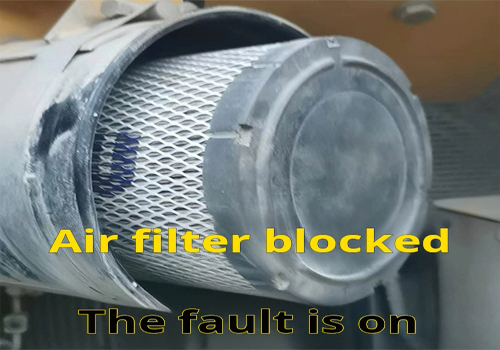
Clogged Filter
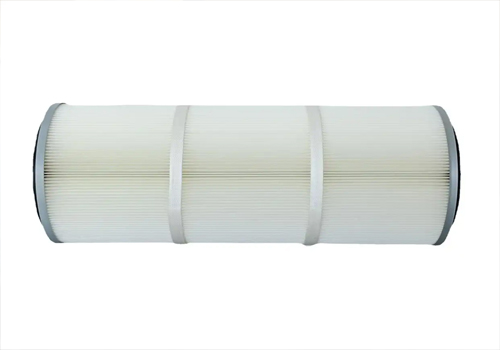
Effective Filter
An effective filter should appear relatively clean and free from significant obstructions. Pro tip: Inspect monthly and replace when 50% covered in debris.
Using an Electronic Air Quality Monitor
Invest in an electronic air quality monitor to measure particulate levels in your indoor environment. These devices provide real-time data on air quality.
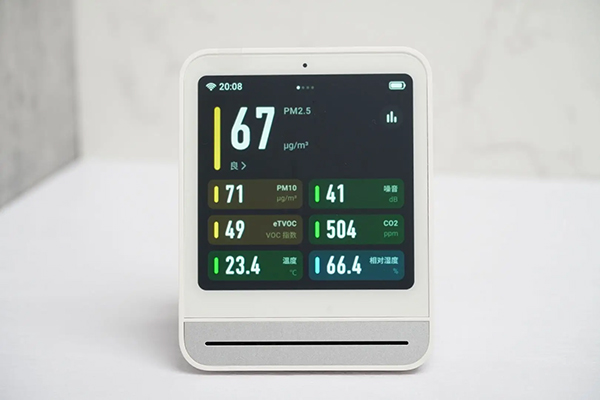
Track improvements when a new filter is installed: a significant decrease in airborne pdivs (PM2.5, PM10) indicates effectiveness. Key metrics to monitor:
- Particulate matter (PM2.5, PM10)
- Humidity & temperature
- VOC (volatile organic compounds)
Using a Chemical Air Quality Test Kit
For a more in-depth analysis, use a chemical air quality test kit. These kits can detect a variety of air contaminants.
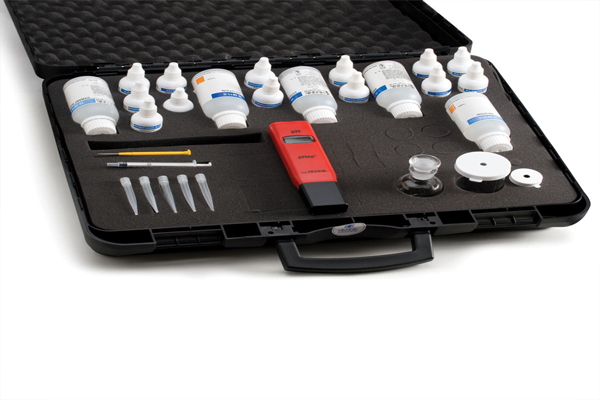
Detects substances like VOCs (volatile organic compounds) and formaldehyde. Compare pre- and post-filter installation data to verify pollutant removal efficiency.
Common contaminants tested:
- Formaldehyde (from furniture & carpets)
- Benzene (from cleaning products)
- Ammonia (from household cleaners)
- Radon (naturally occurring gas)
Odor and Allergen Reduction
An efficient air filter significantly reduces odors and allergens. Noticeable decreases in pollen, pet dander, or household odors indicate good performance.
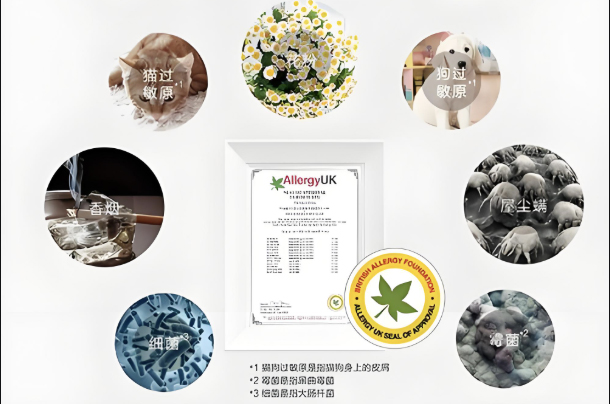
Allergen Types
- Pollen (spring/summer)
- Pet dander (cats/dogs)
- Dust mites
- Mold spores
Persistent odors? Consider filters with activated carbon layers for better adsorption. Effectiveness indicators:
- Cooking smells dissipate faster
- Pets odors are less noticeable
- No musty smells in closed rooms
Dust Reduction
monitoring dust accumulation on surfaces offers insights into filter effectiveness. Reduced dust on furniture and floors indicates good performance.
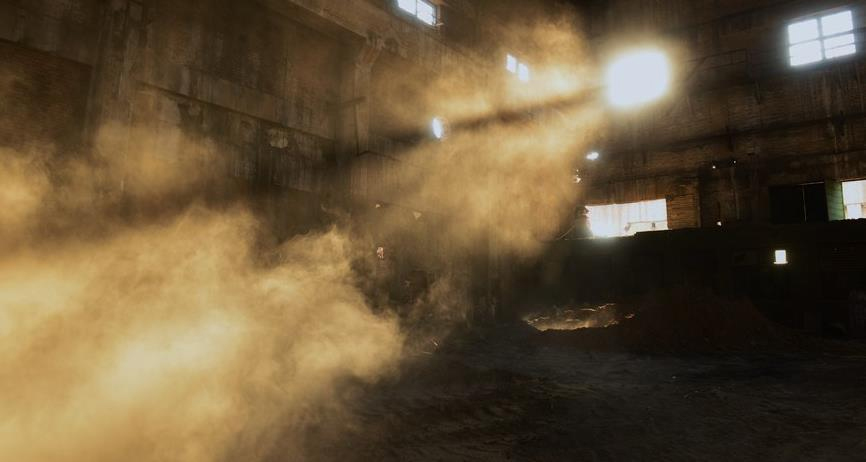
Conduct a "white glove test" on horizontal surfaces: if minimal dust adheres after 3-5 days, your filter is working. Reasons for poor dust control:
- Filter efficiency too low (MERV rating < 8)
- Filter installed incorrectly (airflow direction wrong)
- Ductwork leaks allowing unfiltered air
- High indoor dust sources (e.g., fireplaces, construction)
Checking Airflow and Filter Condition
Ensure optimal airflow by checking pressure across the filter, which indicates cleanliness and performance. Reduced airflow signifies a clogged filter.
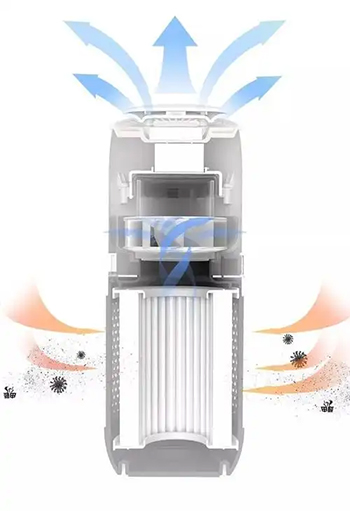
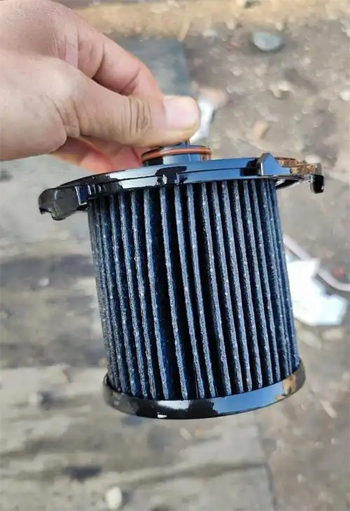
Use manometers to assess pressure differentials accurately. Normal pressure drop ranges:
| Filter Type | Normal Pressure Drop |
|---|---|
| Disposable Pleated | 0.2 - 0.5 in. WC |
| hepa | 0.5 - 1.0 in. WC |
| Electrostatic | 0.1 - 0.3 in. WC |
Key Considerations
Regular Inspections
Schedule monthly visual checks and quarterly deep evaluations. Create a maintenance calendar to track filter changes and performance trends.
Monitor Airflow
Notice reduced airflow from vents? Check filter condition first. Clogged filters can increase energy bills by 10-15% due to system strain.
MERV Rating
Understand your filter's MERV rating: higher numbers (13-16) trap smaller pdivs. Choose based on indoor pollution levels and health needs.
Conclusion: Sustaining Air Quality
Evaluating and ensuring your air filter's performance is crucial for maintaining a healthy indoor environment. Utilize a combination of visual inspections, air quality monitors, and regular maintenance to sustain effective air filtration. Deiiang™, with guidance from experts like Deiiang Jason.peng, provides advanced filtration solutions to support these practices, ensuring optimal air quality and health standards.
Common Questions and Solutions
What should I do if my filter constantly appears dirty?
- Replace it more frequently (consider every 1-2 months)
- Upgrade to a higher efficiency filter (MERV 11+)
- Check for leaks in the duct system allowing debris entry
- Reduce indoor dust sources (e.g., use doormats, cover storage)
How often should I change my air filter?
| Filter Type | Recommended Replacement Interval |
|---|---|
| Disposable Pleated (MERV 8-11) | 3 months |
| HEPA (MERV 17-20) | 6-12 months |
| Washable Electrostatic | Clean every 1-2 months |
| Activated Carbon | 3-6 months (odor removal) |
References
- American Society of Heating, Refrigerating and Air-Conditioning Engineers (ASHRAE). Standards for Indoor Air Quality and Ventilation.
- Environmental Protection Agency (EPA). Guidelines on Indoor Air Quality.
Consistent monitoring and maintenance of your air filtration system will ensure superior air quality, protecting your indoor environment from potential pollutants and maintaining a healthy living or working space.
 +86 18186671616
+86 18186671616 Jason@cleanroomequips.com
Jason@cleanroomequips.com
 MENU
MENU


